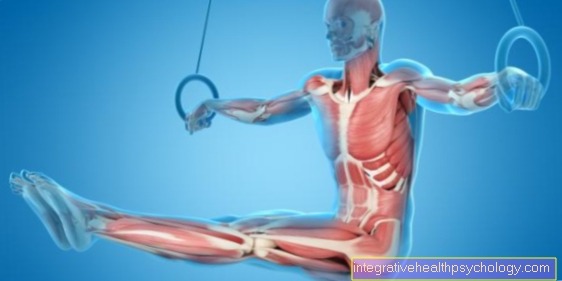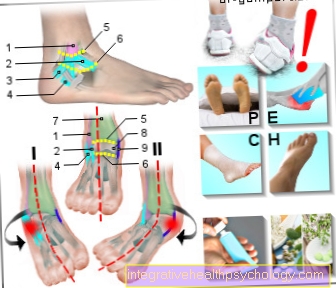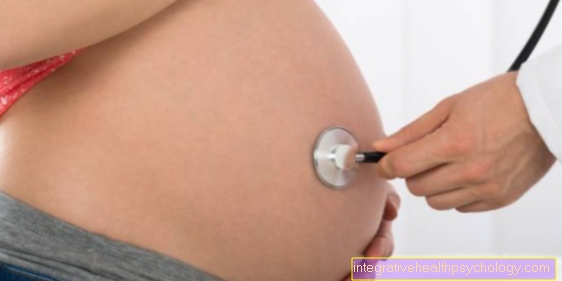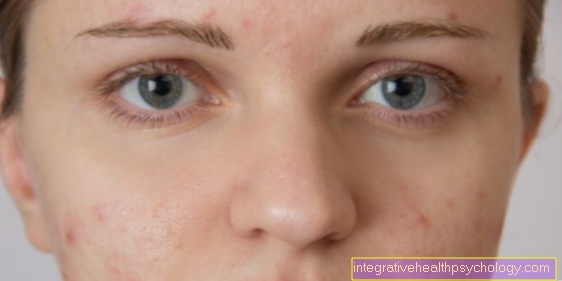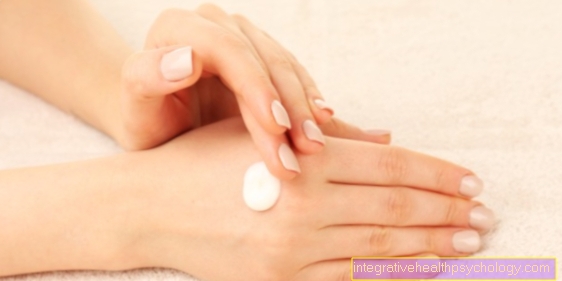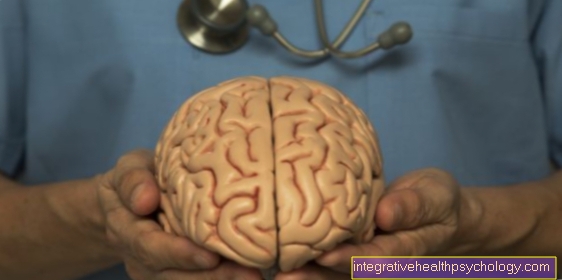Hammer toe
definition
A hammer toe is a common misalignment of the toes. There is a flexion of the toe joint when the toe joint is extended, which leads to the eponymous shape of the toes, reminiscent of a hammer. In particular, incorrect and too tight shoes lead to hammer toes. Initially, these are usually only a cosmetic problem. However, as you progress, severe pain can develop. A deterioration can be counteracted by various non-operative measures. Ultimately, however, the hammer toes can only be remedied by surgical intervention.

causes
In most cases, hammer toes are caused by years of wearing incorrect or tight footwear. In particular, the frequent wearing of high shoes is associated with an increased risk of developing hammer toes. In both high and too tight shoes, the toes bump into the front and bend. Another possible cause is existing foot malpositions. Splay, bent or flat feet in particular can contribute to the development of hammer toes.
A rather rare but possible cause of such toe deformity are accidents that have led to an injury to the toes. In addition, certain diseases of the nervous system and diabetes can also contribute to the development of hammer toes. Rheumatic diseases, such as rheumatoid arthritis, represent a separate group of causes. In some cases there are several causes in combination. Generally, the development of hammer toes is favored by a weakness of the foot muscles. A lack of exercise and constant wearing of closed shoes are the main causes.
Symptoms
First of all, hammer toes are usually a purely cosmetic problem, so that a possible accompanying symptom may be a feeling of shame. This can result in, for example, not wearing open-toed shoes or avoiding activities where your feet could be seen by other people, such as going swimming.
In the further course, pain is usually a typical accompanying symptom of hammer toes. Painful keratinized calluses form on the toe joints and the now excessively stressed areas on the forefoot. In the case of very advanced toe misalignments, an accompanying symptom can be that normal shoes can no longer be worn, as the toes can dislocate from the joints and protrude over the neighboring ones. These pronounced misalignments are usually characterized by additional severe pain. In extreme cases, the symptoms are so severe that walking is restricted or even no longer possible.
diagnosis
A look at the patient's bare feet is usually sufficient to diagnose hammer toes. In order to determine the extent of the misalignment, the doctor may examine whether the toes can still be passively brought into a normal shape. He will also pay attention to other phenomena on the foot, which are often associated with hammer toes. These include, on the one hand, calluses and pressure points and, on the other hand, other misalignments such as splayfoot or a sideways curvature of the big toe (hallux valgus).
In addition to the examination and observation, the doctor may ask about the patient's habits, for example which shoes are worn. No further diagnostic procedure is usually required for hammer toes. If the toes are clearly deformed or in severe pain, it may be appropriate to have an X-ray of the foot taken. The same applies if an operation to correct the deformity is planned.
Appointment with ?

I would be happy to advise you!
Who am I?
My name is dr. Nicolas Gumpert. I am a specialist in orthopedics and the founder of .
Various television programs and print media report regularly about my work. On HR television you can see me every 6 weeks live on "Hallo Hessen".
But now enough is indicated ;-)
Athletes (joggers, soccer players, etc.) are particularly often affected by diseases of the foot. In some cases, the cause of the foot discomfort cannot be identified at first.
Therefore, the treatment of the foot (e.g. Achilles tendonitis, heel spurs, etc.) requires a lot of experience.
I focus on a wide variety of foot diseases.
The aim of every treatment is treatment without surgery with a complete recovery of performance.
Which therapy achieves the best results in the long term can only be determined after looking at all of the information (Examination, X-ray, ultrasound, MRI, etc.) be assessed.
You can find me in:
- Lumedis - your orthopedic surgeon
Kaiserstrasse 14
60311 Frankfurt am Main
Directly to the online appointment arrangement
Unfortunately, it is currently only possible to make an appointment with private health insurers. I hope for your understanding!
Further information about myself can be found at Dr. Nicolas Gumpert
therapy
In the case of hammer toes, attempts are made to counteract an increase in toe misalignment and to alleviate the discomfort resulting from it, especially in the early stages, by means of various non-surgical therapy methods. This can be achieved using various aids such as reins, night splints or inter-toe orthoses. In addition, however, treatment should always be carried out using actively implemented measures. Toe gymnastics, exercises and regular barefoot walking strengthen the foot muscles and prevent hammer toes from deteriorating. Avoiding triggering circumstances such as wearing too tight shoes or high heels is also essential during therapy. In addition, regular foot care is an important part of the treatment so that painful calluses do not form.
Often, however, despite exhausting all of the treatment measures mentioned, the symptoms are not sufficiently relieved and the malalignment of hammer toes progresses continuously. The only remaining therapy option is usually only an operation to correct the deformity. Depending on the severity of the deformity, different procedures are possible.
Surgery to correct hammer toes
In the case of severe manifestations of hammer toes or after unsuccessful treatment with other methods, often only an operation remains for treatment. It is also the only form of therapy that can fix hammer toes in the long term.
If the misalignment is only slightly pronounced, the long extensor tendon is shifted.
In the most advanced stages, the Hohmann surgical method is most widespread. During this procedure, an upwardly protruding part of the bone is removed. This straightens the toe and also relieves tension on the extensor tendon as the bone length is shortened. The created correction of the toe is stabilized by means of a wire inserted over the entire length of the toe. After two to three weeks the bone has healed enough that the wire can be removed.
In the case of particularly severe malpositions, the only remaining option is often only a bony stiffening of the affected toe joints.
Surgical correction of a hammer toe deformity cannot be performed if there is a severe circulatory disorder, as otherwise good wound healing is not guaranteed.
Read more on the topic: Hammer toe surgery
Duration of illness after an operation
How long you will be sick due to hammer toes after surgery depends on the complexity of the operation, the patient's previous condition and the healing process. Smaller interventions can usually be carried out on an outpatient basis, which means that you can leave the hospital soon after the operation. In the case of larger or more complicated operations, inpatient treatment for a few days may be necessary.
In both cases, the affected person can usually appear with a special forefoot relief shoe and take a few steps the day after the operation. After a few days - depending on the healing process and the doctor's instructions - normal footwear can be used again. The healing time is usually between three and six weeks. How long one is ill, however, depends on the level of activity and occupation. In the healing phase, you should only continue to put pressure on your foot step by step, but you don't have to rest all the time.
Splints for hammer toes
With hammer toes, there are various splints that counteract an increase in the malalignment and alleviate discomfort that has already arisen. Mostly these are over-the-counter products.
On the one hand, so-called correction pads are often offered. It is a soft insert that is placed on the sole of the forefoot and toes. Loops that encircle the toes extend from this. This is intended to cushion the forefoot and pull the toes towards their natural position.
While this type of splint is designed to be effective while walking, there are also hammer toe splints that are only worn at night. These are intended to return the toes to their natural shape by pulling gently.
It has not been proven whether such over-the-counter splints have a positive effect on hammer toes. Custom-made aids such as orthopedic shoe insoles are generally recommended. In the case of a pronounced deformity or severe symptoms, treatment with aids such as splints is usually no longer sufficient and only a surgical intervention offers the prospect of a successful therapy.
Taping hammer toes
Taping hammer toes is one of the non-surgical treatment options. The kinesio tapes can be attached using various adhesive techniques so that the tendons on the toes can be relieved and pressure points can be prevented. By taping professionally, you can counteract the progression of the deformity in hammer toes. Any curvature of the toes that once existed cannot be straightened as a result. If, despite taping, there is an increase in the misalignment or symptoms such as painful pressure points, it is recommended to seek medical treatment.If other non-surgical methods do not promise success or fail, there is usually only one surgical intervention to treat the hammer toes in the long term.
Hammer toe pads
To treat complaints such as pressure points and pain caused by hammer toes, you can buy so-called hammer toe pads in drug stores and pharmacies. It is a kind of plaster with padding that is stuck to the sole of the foot in the area of the first phalanx. This is to protect the metatarsophalangeal joints from pressure and thus prevent skin irritation and corns due to hammer toes. Ultimately, the manufacturers promise that this will noticeably increase the resilience of the feet.
Some hammer toe pads also release mineral oils into the skin and provide it with moisture. No general statement can be made as to whether or not hammer toe pads help with a misalignment of the toes. Some users report a significant alleviation of symptoms and a reduction in pressure points and corns. For other sufferers, the hammer toe pads do not have the desired effect despite regular use. In general, such aids can no longer reverse existing misalignments. Anyone who suffers from complaints due to hammer toes should seek medical treatment, which tends to increase.
Are there special shoes for hammer toes?
There are specially adapted shoes that can be worn with hammer toes in order to alleviate discomfort and to counteract the aggravation of the malformation. The painful region is supposed to be relieved by individually inserted pads. In addition, the shoes usually contain a soft, large toe box so that as little pressure as possible is exerted. The best advice about making special shoes for hammer toes and possible alternative aids is in a health food store. Such shoes are useful, for example, if there are symptoms due to the hammer toes but surgical treatment cannot be carried out or is rejected by the patient.
Can exercises or gymnastics help with hammer toes?
Exercise and gymnastics can definitely help to prevent hammer toes from developing. These measures also serve to counteract the progression of the malalignment in hammer toes. The simplest option is to occasionally run barefoot on a suitable surface. Muscle strength and mobility of the feet can also be trained, for example by trying to grab objects such as marbles or a towel with your toes. In addition, you should occasionally try to bring the hammer toes into their natural shape passively with your hands. However, no force may be used. Exercise and gymnastics can relieve symptoms caused by hammer toes and prevent their deterioration. However, once existing misalignments can only be corrected with an operation.
insoles
Special insoles for shoes can be used for the non-surgical treatment of hammer toes. This should support the toes and counteract any shortening of the tendons. The insoles should be made to measure, as the individual requirements of the feet are very different. It is best to seek advice on the use of insoles for hammer toes in health food stores. Wearing insoles can relieve symptoms such as pain. However, once existing hammer toes cannot regress again.
More on this topic on our website Insoles for shoes
What is the difference to a claw toe?
The terms hammer toe and claw toe are often confused or both are used identically. However, there are differences that define the two forms of toe deformation. The claw toe has an overstretching in the metatarsophalangeal joint between the metatarsal bone and the first phalanx. The toe and toe joint are bent on the other hand.
In contrast to this, with a hammer toe only the middle toe joint is flexed and the end joint is hyperextended. Another difference is that the claw toes often no longer touch the ground when standing, whereas the hammer toes do.
In some cases, however, a clear distinction is not possible. In the case of severe deformities, it is often no longer possible to tell whether this originates from hammer or claw toes.
Read more on the subject here Claw toes
What are the consequences of hammer toes for the whole body?
Hammer toes are primarily a problem that is limited to the feet.
Apart from cosmetic aspects, they do not cause any discomfort at the beginning and can at most lead to the fact that you no longer want to show your feet out of shame and therefore avoid leisure activities such as visiting a swimming pool. In the further course, pain often occurs with hammer toes, which can ultimately lead to significant consequences for the rest of the body. Since the pain is particularly pronounced when walking, the hammer toes can make you move less. However, physical activity is very important to the health of almost all organ systems. Lack of exercise increases the risk of many diseases. Anyone who has pain due to hammer toes and is therefore restricted in their activity should seek treatment in good time to prevent consequences for the rest of the body.
forecast
The prognosis of hammer toes depends primarily on what measures are being taken to influence their development. As a rule, the course is slow but steadily progressing with increasing deformity of the toes. This is especially the case if the underlying causes are not changed. If, for example, tight or high shoes are often worn, the toe misalignment usually increases.
However, if non-surgical measures such as gymnastics or occasional barefoot running are carried out, the deterioration of the hammer toes can be counteracted. Changes that have already been made cannot be reversed in this way. The prognosis is therefore poor without surgery. In the best case scenario, however, the deformity can be completely healed by intervention.



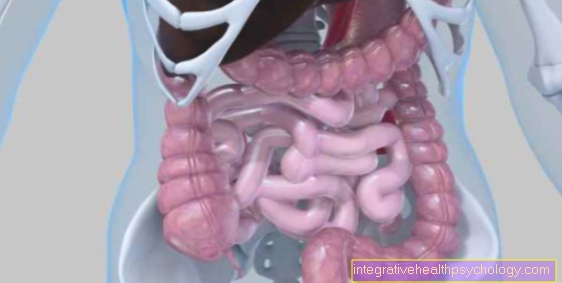

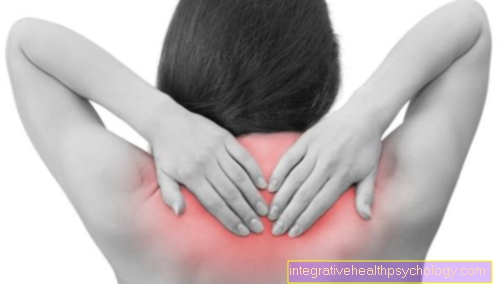

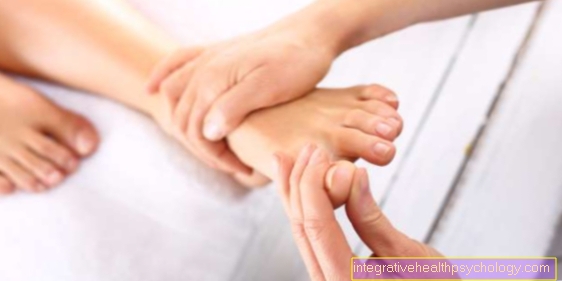


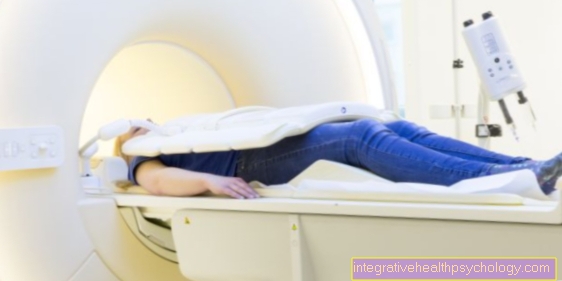
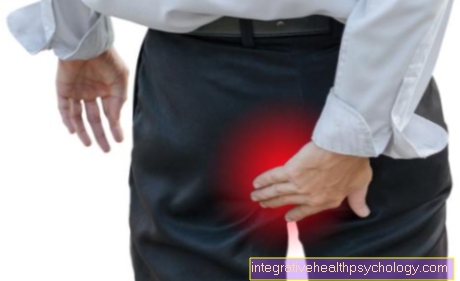




-mit-skoliose.jpg)



